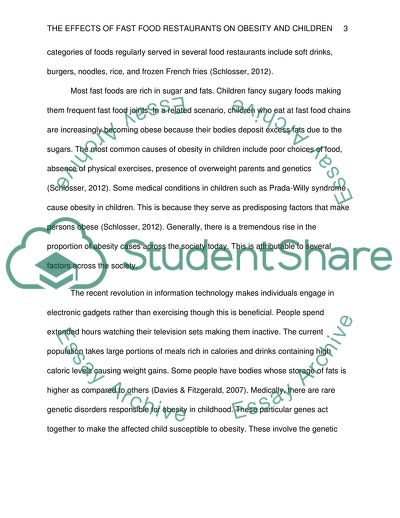Cite this document
(The Effects of Fast Food Restaurants on Obesity and Children Coursework, n.d.)
The Effects of Fast Food Restaurants on Obesity and Children Coursework. https://studentshare.org/health-sciences-medicine/1789003-the-effects-of-fast-food-restaurants-on-obesity-and-children
The Effects of Fast Food Restaurants on Obesity and Children Coursework. https://studentshare.org/health-sciences-medicine/1789003-the-effects-of-fast-food-restaurants-on-obesity-and-children
(The Effects of Fast Food Restaurants on Obesity and Children Coursework)
The Effects of Fast Food Restaurants on Obesity and Children Coursework. https://studentshare.org/health-sciences-medicine/1789003-the-effects-of-fast-food-restaurants-on-obesity-and-children.
The Effects of Fast Food Restaurants on Obesity and Children Coursework. https://studentshare.org/health-sciences-medicine/1789003-the-effects-of-fast-food-restaurants-on-obesity-and-children.
“The Effects of Fast Food Restaurants on Obesity and Children Coursework”. https://studentshare.org/health-sciences-medicine/1789003-the-effects-of-fast-food-restaurants-on-obesity-and-children.


